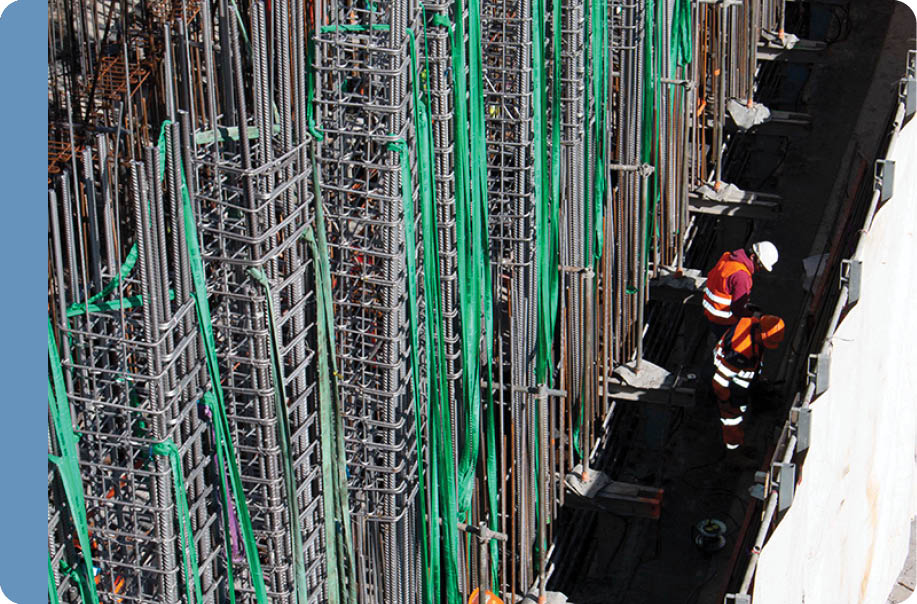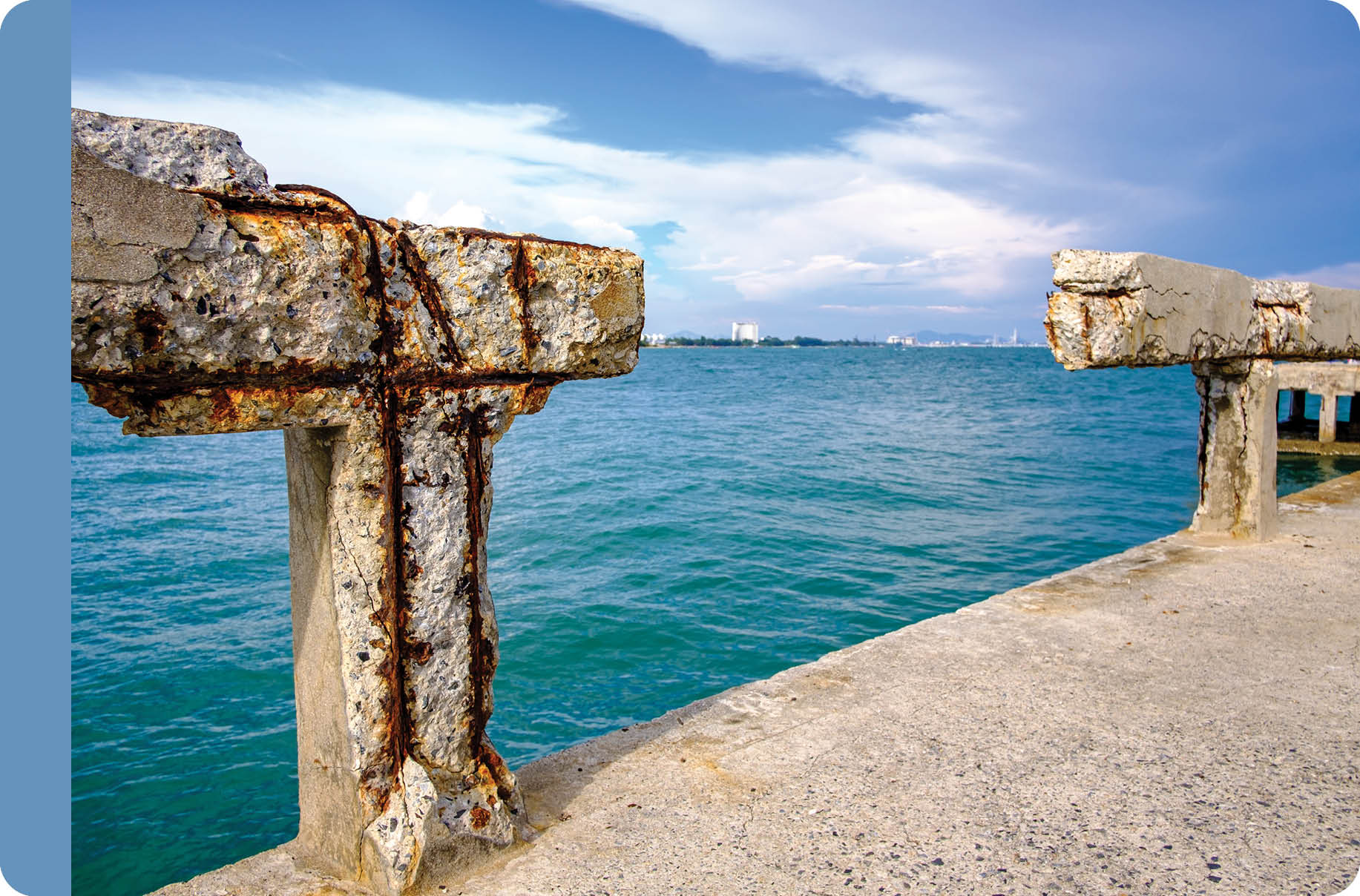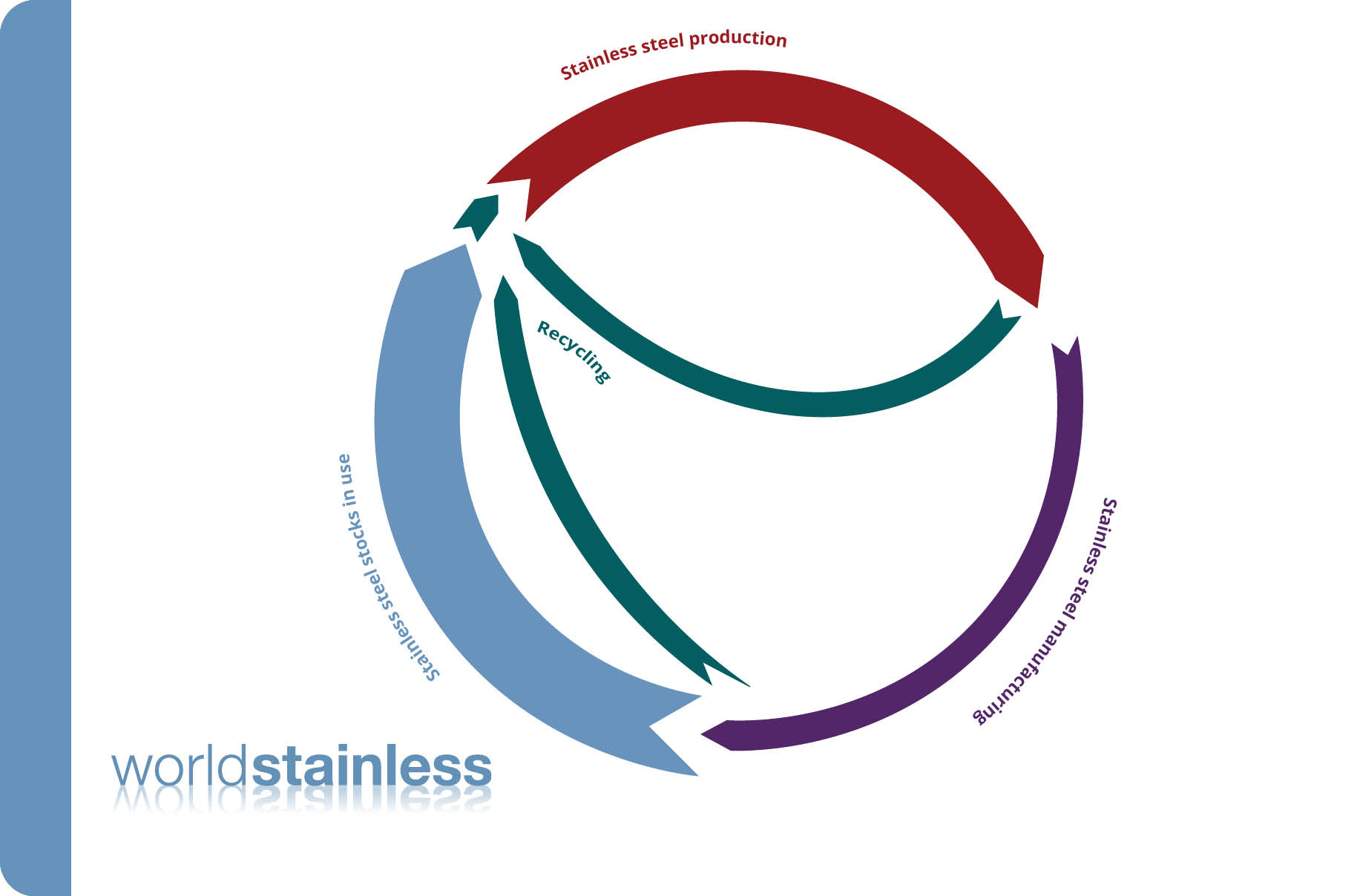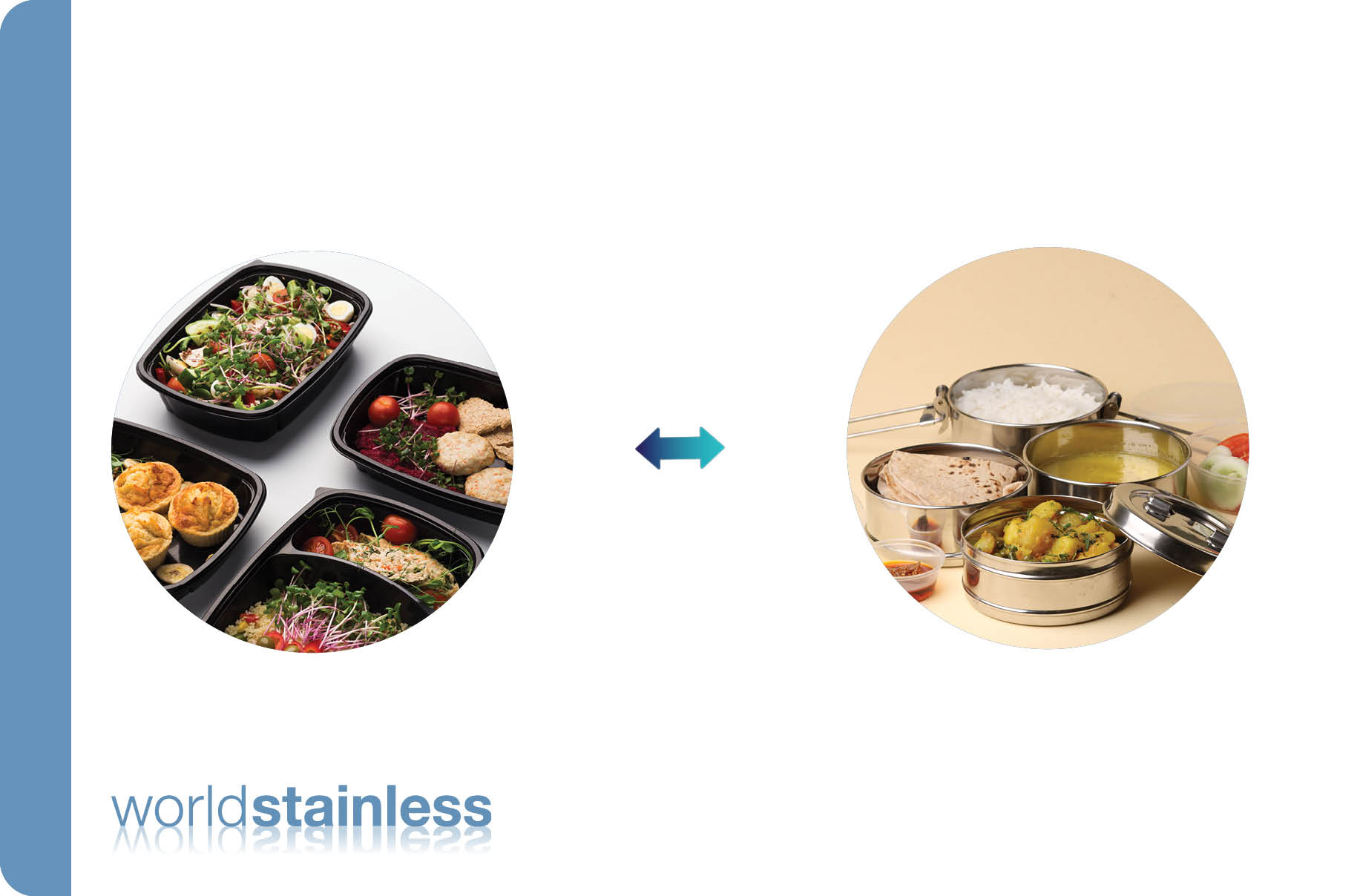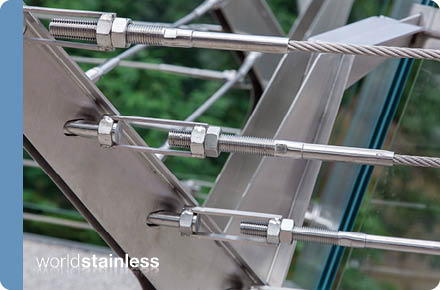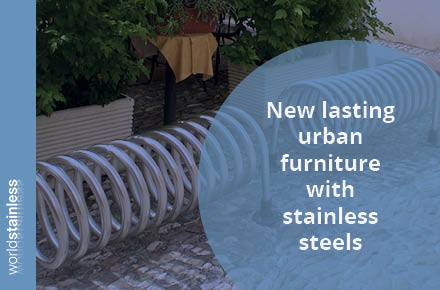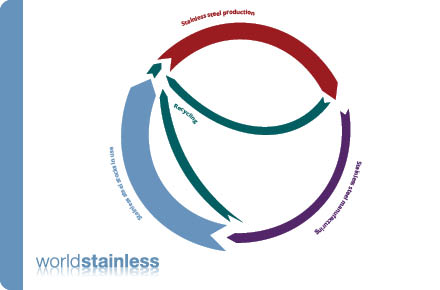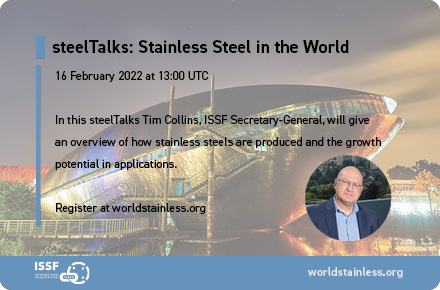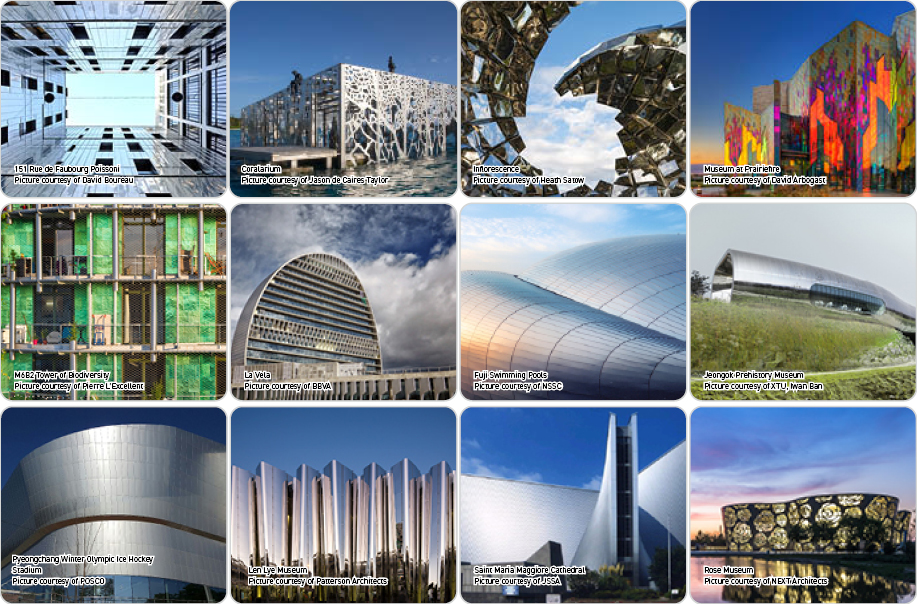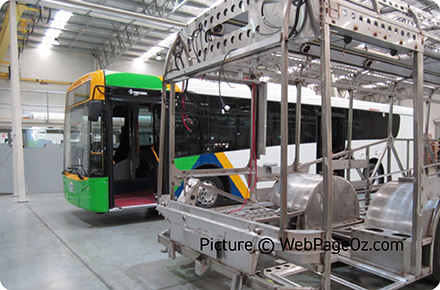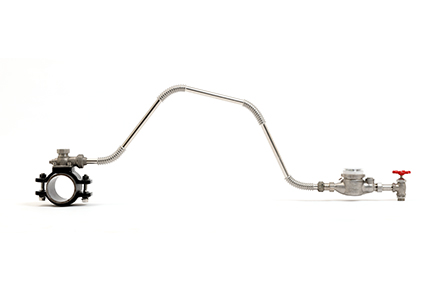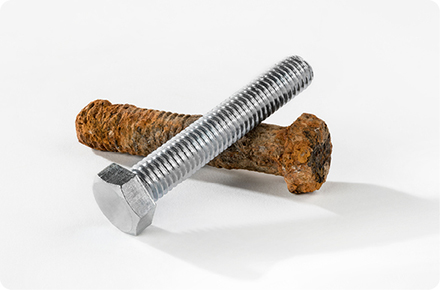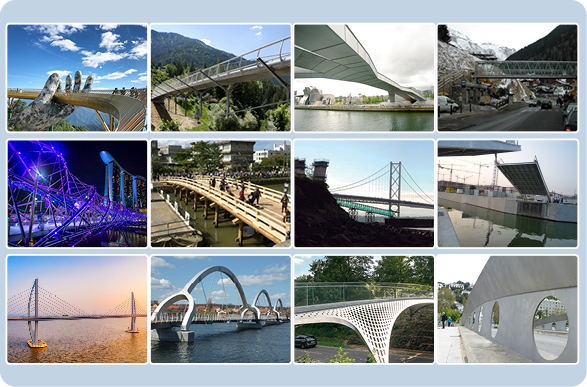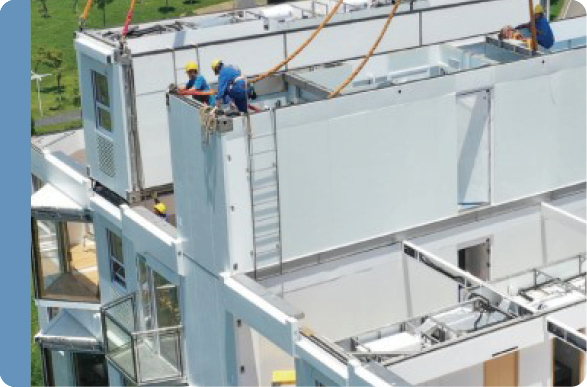Stainless Steel Food Boxes; for Universal Lifetime Use

When you have leftover food, are meal-prepping, or taking a lunch to work or school … a new revolution is available to help you. Stainless steel microwave-safe food containers are versatile and with just one box you can store, freeze, and then reheat your food. After use, you just clean and reuse. No need to waste food and no more single-use packaging waste.
On 27 June 2024 worldstainless Secretary-General Tim Collins introduced these boxes, and their advantages and provided some guidance for sensible use of the boxes. He will also answer all your questions, because yes, these metal boxes can be used in a microwave oven without any problems!
Duration: 1 hour
Expert speaker: Tim Collins, worldstainless Secretary-General
You can find the recording of the webinar on our YouTube Channel: https://youtu.be/2rUGspT5zd0

